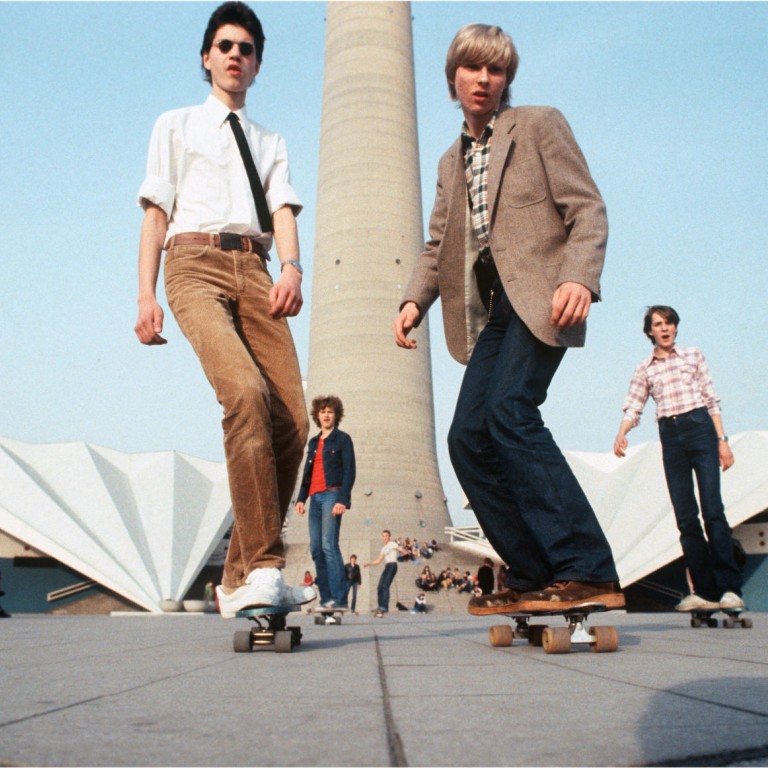
Art house: a cold war tale of rebellion in This Ain’t California
Sean Tierney
A film about the birth of skateboarding in communist East Germany, had its world premiere at the 2012 Berlinale. Billed as a documentary, it went on to win the festival's dialogue en perspective prize, with the award's jury stating of its editing: "We've rarely been so splendidly manipulated."
It turns out they were right in more ways than one. While grounded in the acknowledged truth of an East German skateboard scene, Marten Persiel's "documentary tale" is made up almost entirely of re-creations, and performed by actors. The 8mm and 16mm footage supposedly shot by teenagers is in fact the work of professional cinematographers.
Still, is in its own way an exciting, engaging experience - an incredible meditation on what it meant to be young during the cold war, and what it means to be older and look back through the prism of time.
The film's director has captured the energy and environment of 1980s East Germany, and in so doing greatly redeems any cinematic deception. In fairness, Persiel would have been forced to recreate these scenes even if he didn't want to. Any archival footage of a nascent, illicit youth movement in a repressive communist regime from three decades ago is unlikely to exist.
Inhabited by actors dressed in the correct period clothing, and shot on locations filled with accurate details, the reproductions vividly evoke the time and place of the story. These visions of a time, culture and government that have slipped into history, are both haunting and nostalgic. The use of animated sequences adds to the otherworldly feel of the quasi-documentary, and the historically accurate soundtrack captures the excitement risk of the times.
Denis "Panik" Paracek (played by skater/model Kai Hillebrand) had already become part of East Germany's state athletics programme by the time he was a teenager.
But a chance encounter with skateboarders sets in motion Panik's transformation from a child of the state to a young man beyond control. Along the way, his friends (and East Germany) hurtle towards an inevitable finale.
adds more weight and portent to the actions of the skate culture than perhaps truly existed. Were these young people seeking to topple the social order or, like young people everywhere, just trying to find an outlet for their youthful energy? It doesn't really matter, because in doing the latter they inevitably engaged in the former.
In East Germany, conformity and self-effacement were not only government-approved ideals, they were survival methods for the citizenry. Anyone who willingly stood out - whether as a skateboarder, break-dancer, or other "victim of Western corruption" - was implicitly rebelling against their society and government. Its story may not be real, but is a very good movie, and that's what counts.
, March 7, 8pm, Hong Kong Film Archive, Sai Wan Ho. Part of the German Film Forum programme
